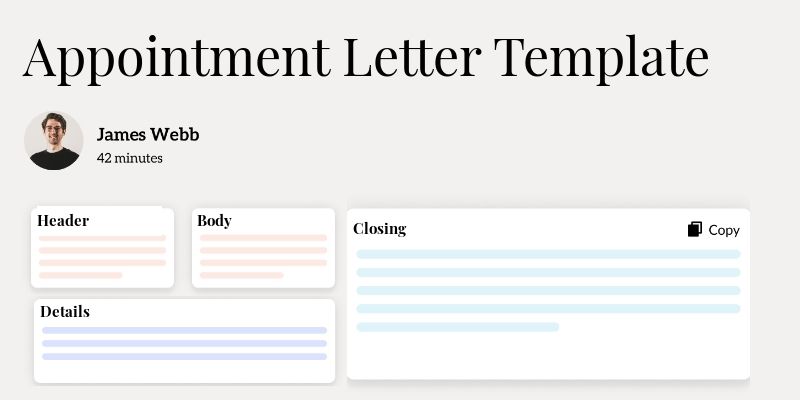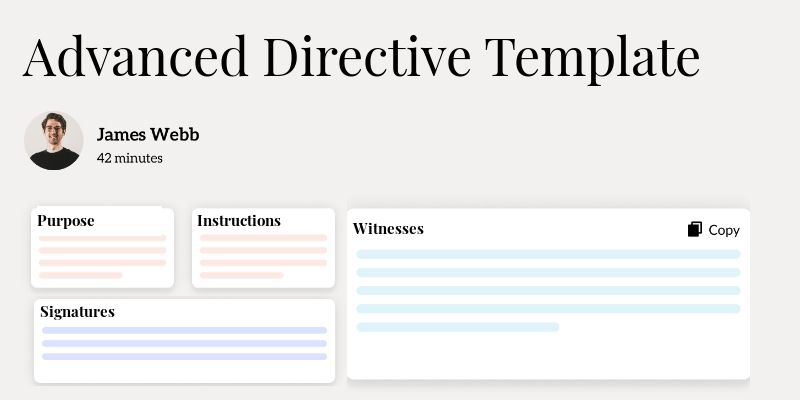
Wellness Plan Template
Many healthcare providers face the challenge of creating effective wellness plans for their patients. Crafting a comprehensive wellness plan isn't just about filling in the blanks; it's about understanding the individual needs of patients and translating those needs into actionable steps. This blog post will shed light on how a Wellness Plan Template can streamline this process, making it easier to provide quality care.
What Is a Wellness Plan Template?
A Wellness Plan Template serves as a structured guide to assist healthcare providers in developing individualized wellness plans for their patients. This can include various lifestyle changes, health goals, and preventive measures tailored to improve a patient's overall health and wellbeing.
The template typically includes sections for patient information, specific health goals, action steps, resources for support, and a timeline for follow‑up. By standardizing documentation, it allows providers to easily communicate wellness strategies and monitor progress over time.
Key Components of a Wellness Plan Template
Understanding the key elements that make up an effective wellness plan is crucial. Here are the primary components:
- Patient demographics and health history
- Current health status and risk assessment
- Short and long-term health goals
- Action steps and interventions
- Resources for education and support
- Follow-up schedule

How to Use a Wellness Plan Template: Step-by-Step Process
- Gather patient information including history and present health status.
- Assess the patient’s current lifestyle and health risks.
- Set specific, measurable health goals with the patient’s input.
- Outline steps and interventions to achieve these goals.
- Provide educational resources and supportive tools.
- Establish a timeline to review progress and make adjustments.
- Schedule follow-up appointments to evaluate the effectiveness of the plan.
Benefits of a Wellness Plan Template
Benefit | Description |
|---|---|
Personalization | Allows customization based on individual patient needs. |
Clarity | Provides a clear roadmap for patients and providers. |
Accountability | Tracks progress towards health goals over time. |
Efficient Communication | Facilitates discussion between patient and healthcare provider. |
Resource Organization | Consolidates educational materials and resources in one place. |
Stakeholders in a Wellness Plan
Various stakeholders are involved in the creation and implementation of a wellness plan. Each plays a key role in ensuring the plan is effective and beneficial:
- Healthcare Providers: Collaborate with patients to set realistic goals and provide ongoing support. For example, a dietitian might adjust a patient’s meal plan based on their progress.
- Patients: Actively engage in the planning process, bringing personal motivations and concerns. A patient may express a desire to improve fitness levels, helping to shape specific goals.
- Family Members: Offer encouragement and assist in adopting healthy habits at home. A family member could join the patient in exercising, fostering mutual support.
- Community Resources: Provide additional support such as local fitness programs or counseling services. A community health center may offer workshops on nutrition education.
Example of a Wellness Plan Template
Here’s a practical example of a wellness plan template that encompasses the discussed components:
Real-World Use Cases: Practical Impact of the Wellness Plan Template
The implementation of a wellness plan template can lead to significant positive outcomes. Here are a few real‑world scenarios:
- Patient: A 45-year-old male with hypertension created a plan focusing on diet and exercise. After 6 months, he successfully reduced his blood pressure through consistent adherence to the plan.
- Family: A young mother used a wellness plan to structure a healthier lifestyle for her family, incorporating meal prep and family workouts, resulting in improved health for all family members.
- Elderly Patient: An elderly patient with diabetes consistently followed a personalized plan, which included blood sugar monitoring techniques, dietary adjustments, and regular check-ins, leading to better control of her condition.
Conclusion
The Wellness Plan Template serves as an essential tool for healthcare professionals aiming to guide their patients toward healthier lifestyles. By incorporating patient‑specific goals, measurable objectives, and educational resources, these templates empower both providers and patients. Regular reviews and updates ensure that the plan remains relevant, ultimately leading to improved health outcomes.
Disclaimer: This article is for informational purposes only and does not constitute legal or medical advice. Always consult professional guidelines and regulatory bodies for specific compliance requirements.

Dr. Danni Steimberg
Dr. Danni Steimberg is a pediatrician at Schneider Children’s Medical Center with extensive experience in patient care, medical education, and healthcare innovation. He earned his MD from Semmelweis University and has worked at Kaplan Medical Center and Sheba Medical Center.
Elevate your wellness documentation by capturing targeted goals (Specific, Measurable, Achievable, Relevant, Time‑bound) with real‑world checkpoints. This streamlined method has been fine‑tuned from years of tracking lifestyle changes, diet adjustments, and stress‑management goals.
- Pinpoint Lifestyle Milestones: Record small yet critical behavioral shifts (e.g., weekly fitness progress, dietary logs) to show tangible progress.
- Tie Goals to Interventions: Explicitly link each objective—like improved sleep hygiene—to specific interventions (e.g., CPT 96127 for brief behavioral assessment).
- Reinforce Motivation & Continuity: Highlight incremental wins in each note to sustain patient motivation and justify ongoing wellness sessions or check-ins.
Frequently Asked Questions
Reduce burnout,
improve patient care.
Join thousands of clinicians already using AI to become more efficient.

Urgent Care Note Template
Discover practical Urgent Care Note templates to enhance your documentation efficiency.

Appointment Letter Template
Discover practical Appointment Letter Template templates to enhance your documentation efficiency.

Advanced Directive Template
Discover practical Advanced Directive Template templates to enhance your documentation efficiency.

